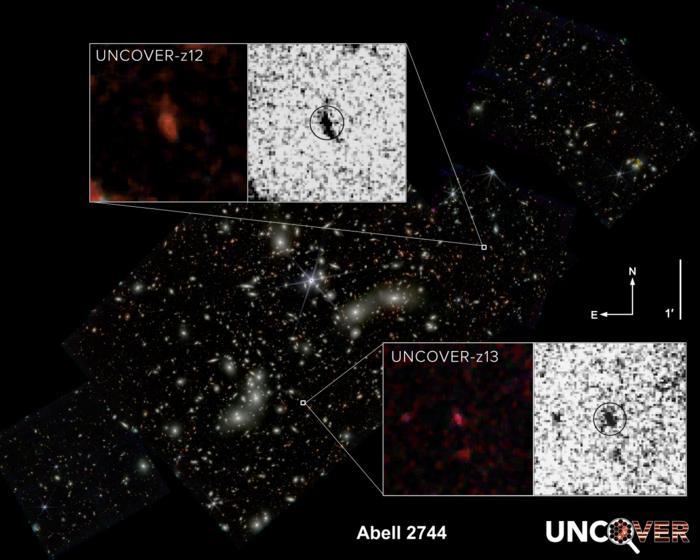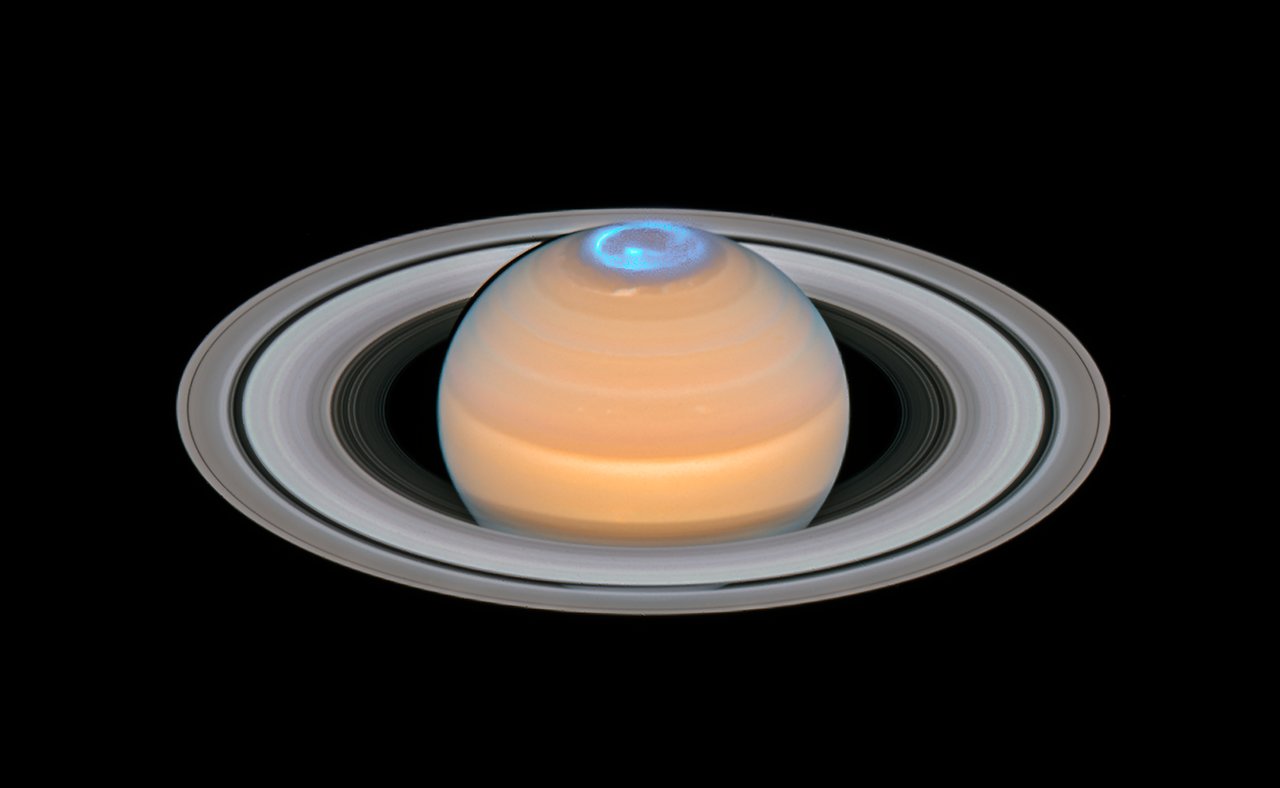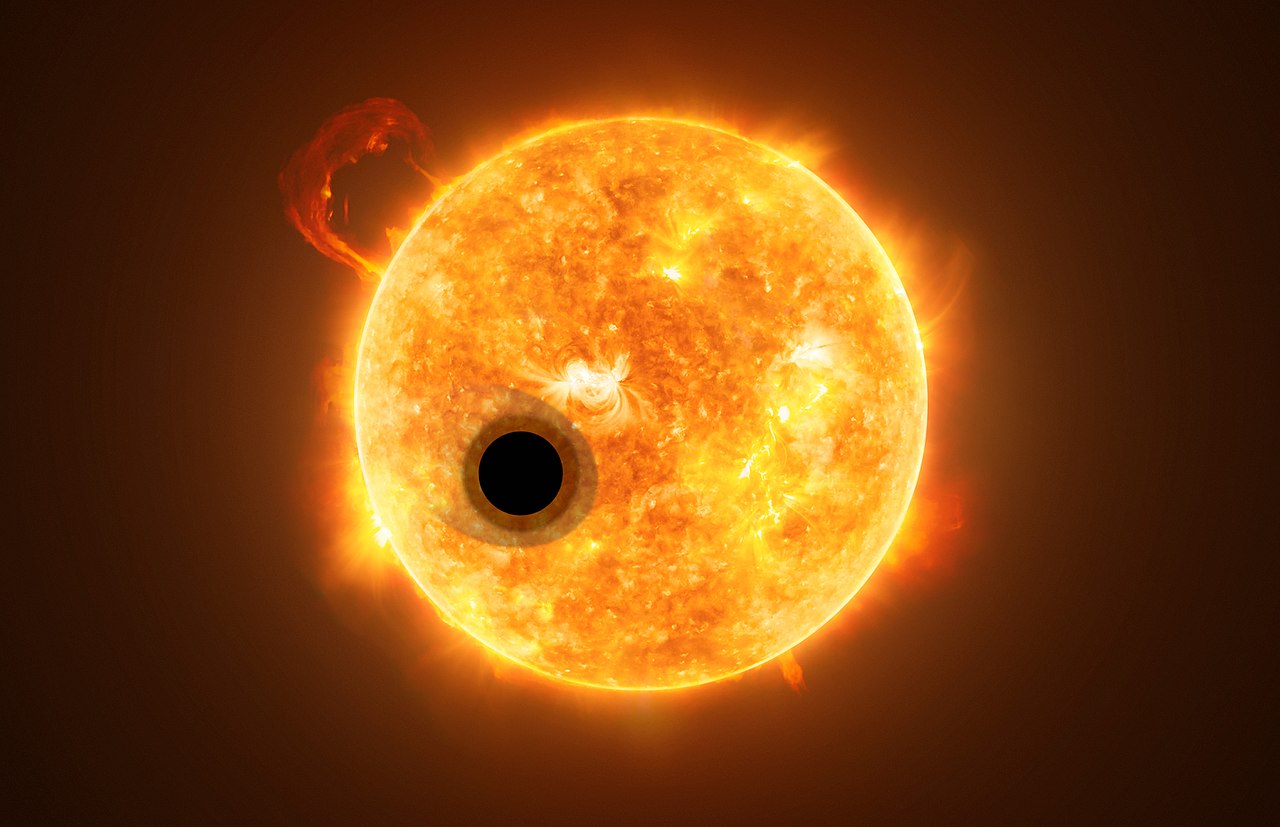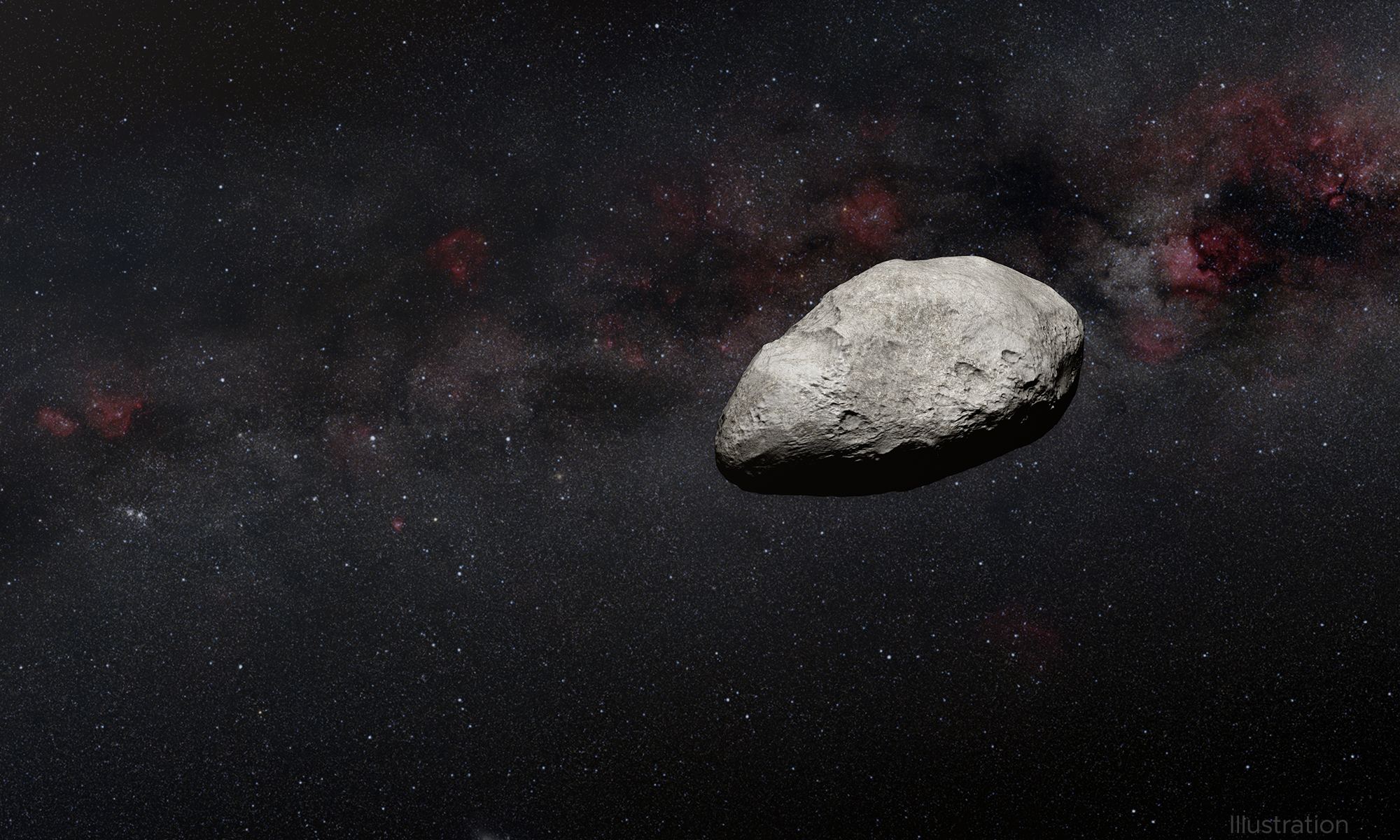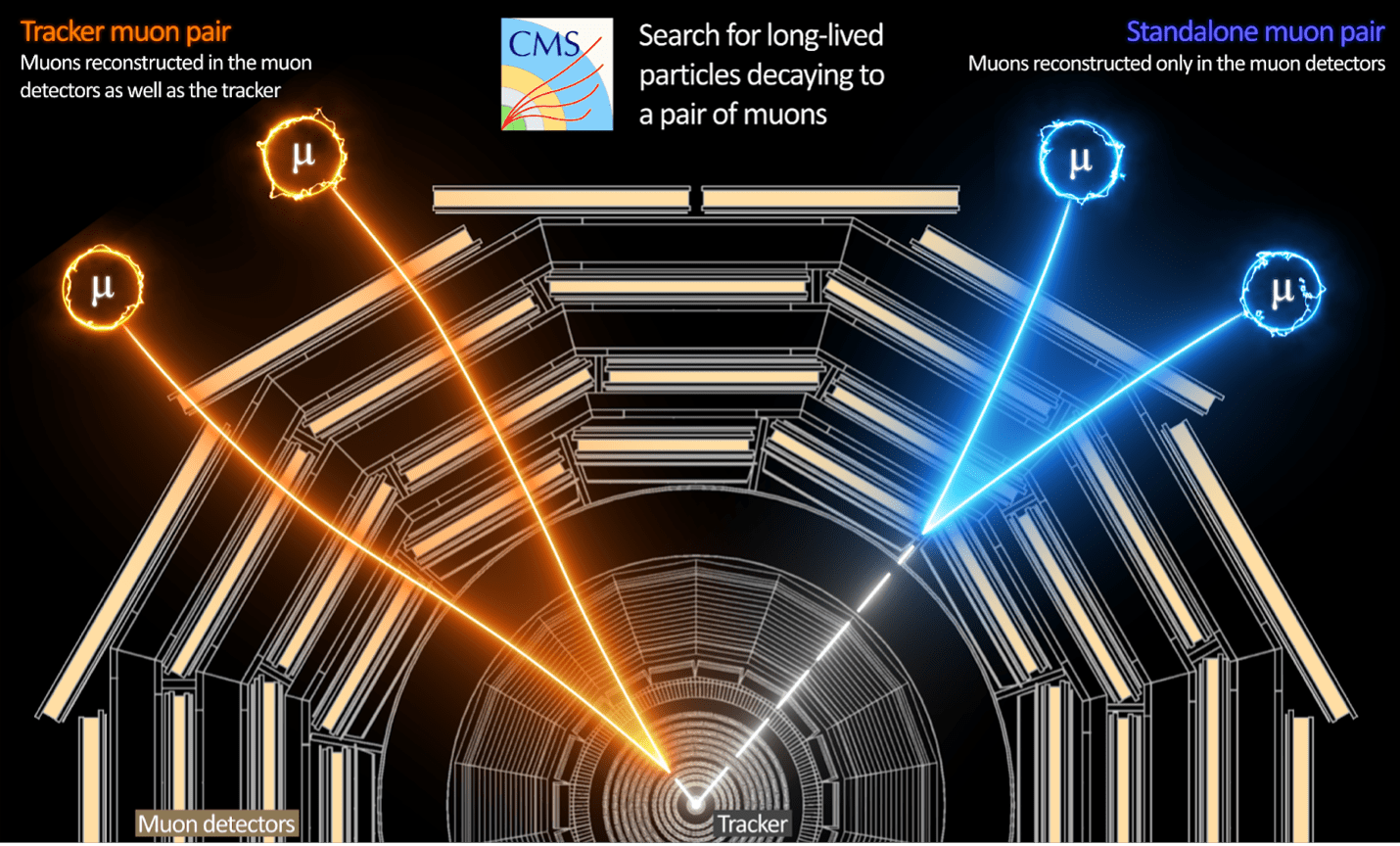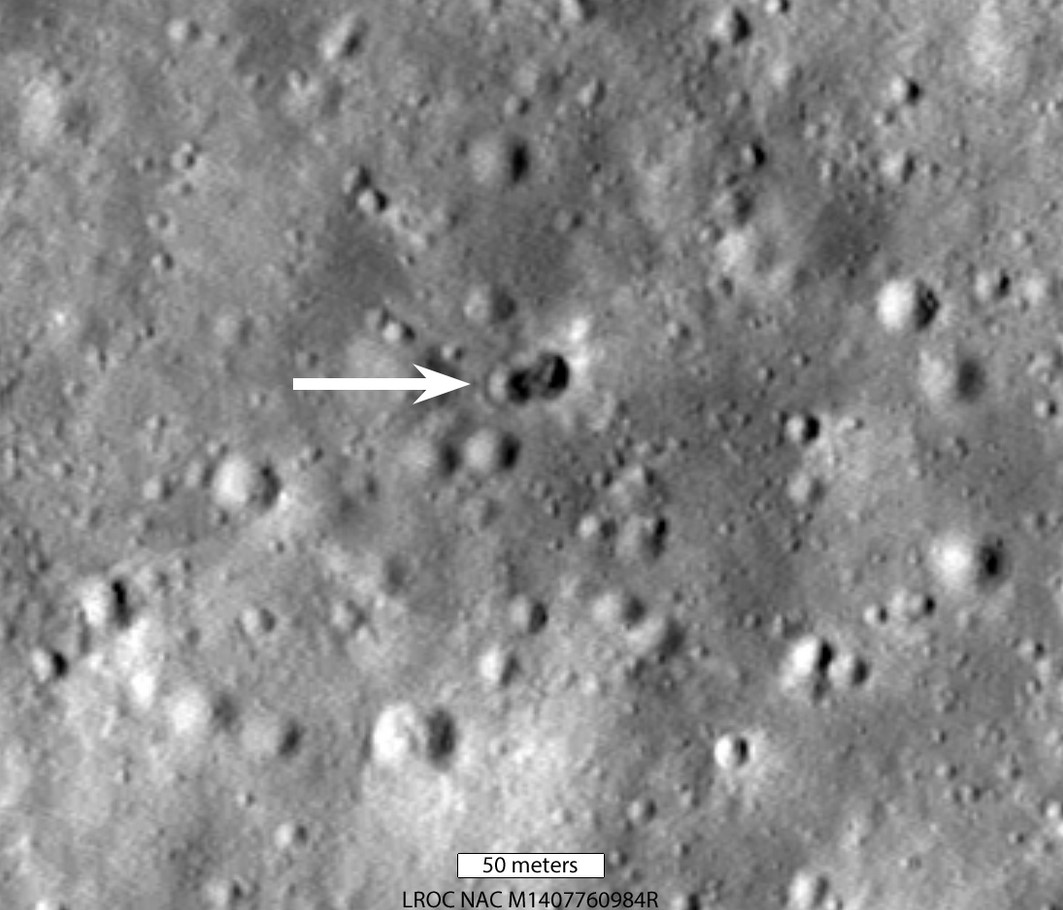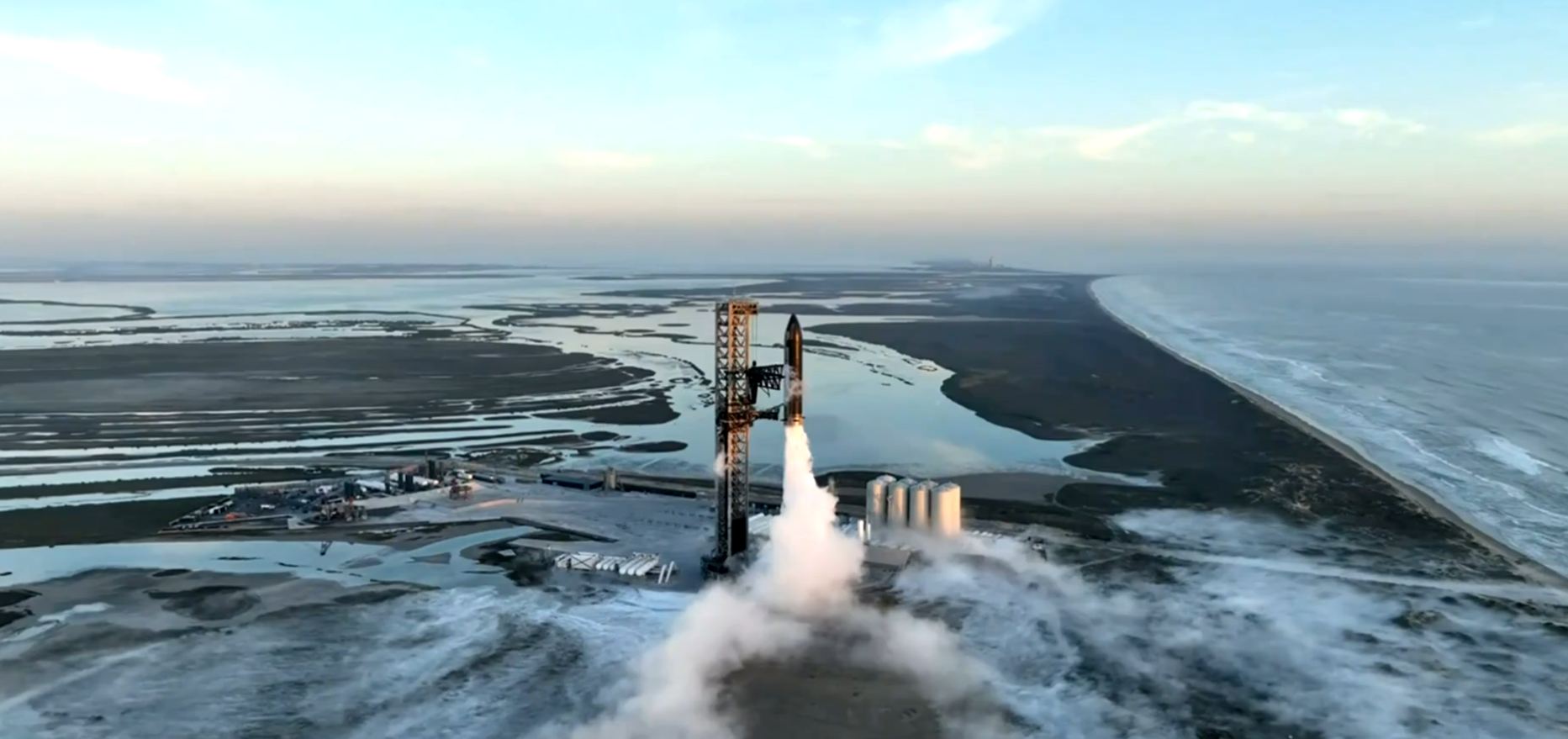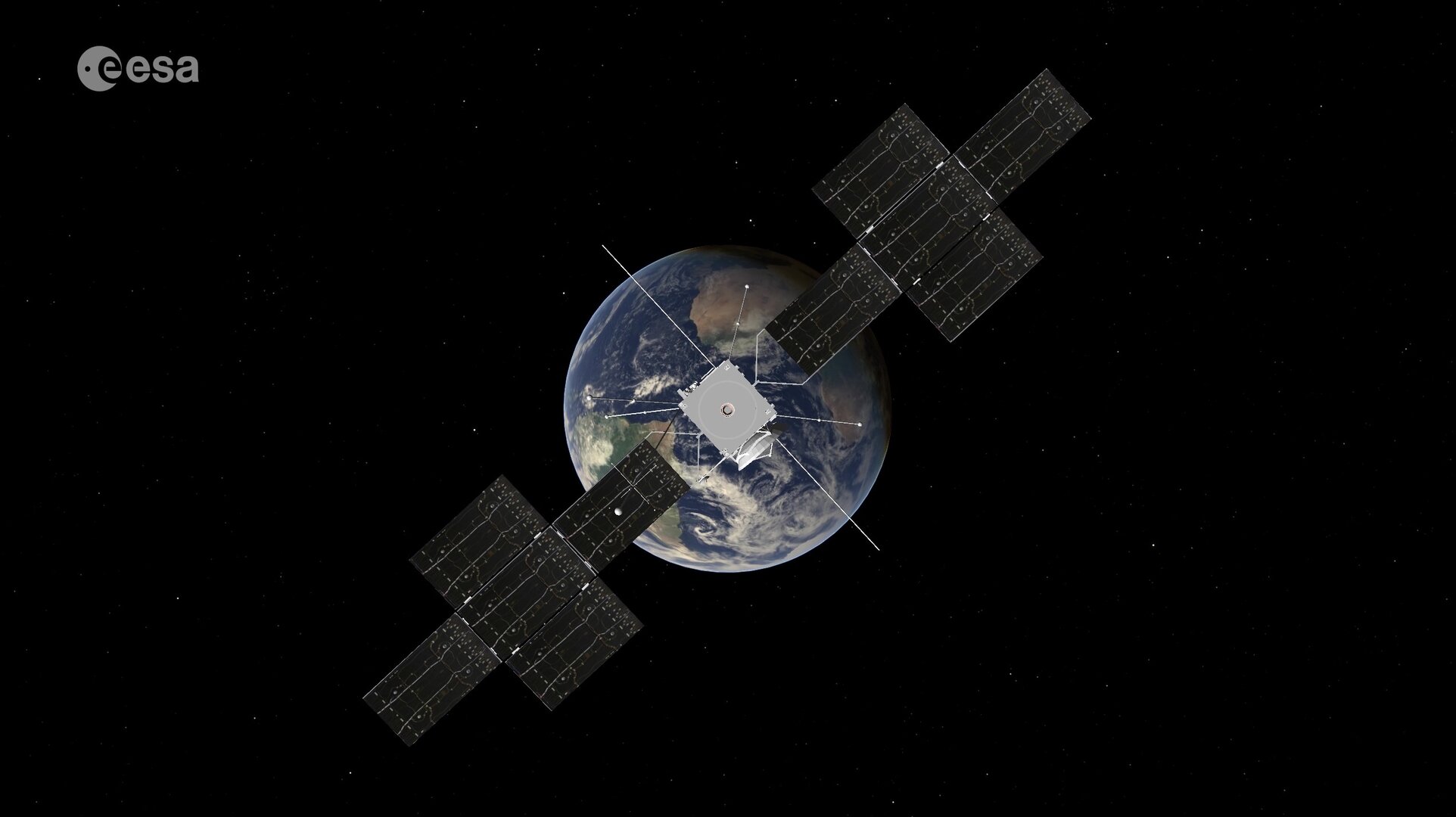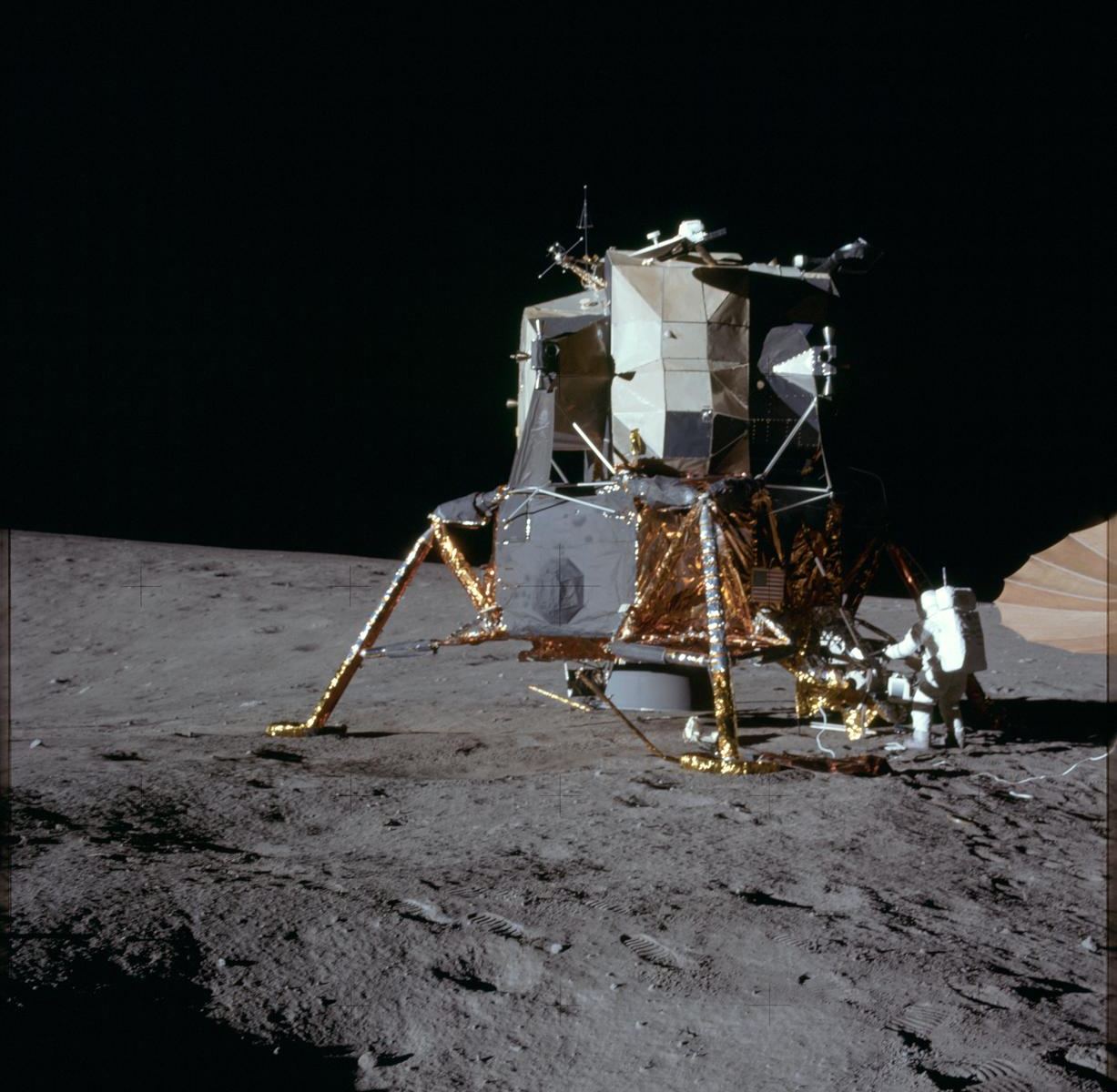It’s wonderful to watch the fascination on people’s faces when you explain to them that studying distant objects in the Universe means looking back in time! Reach out to the furthest corners of the Cosmos and you can see objects so far away that the light left them long before our Solar System even existed. With the commissioning of the JWST the race was on to push the boundaries even further and hunt down the most distant galaxy in the Universe and maybe even the first galaxies to ever have formed.
Continue reading “A Galaxy Seen When the Universe was Only 332 Million Years Old”A Galaxy Seen When the Universe was Only 332 Million Years Old
